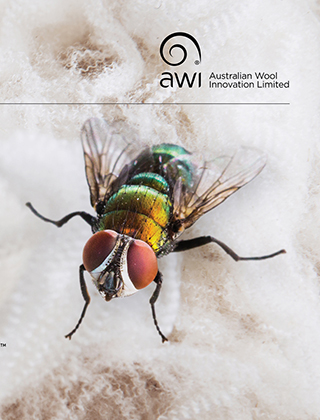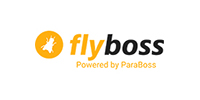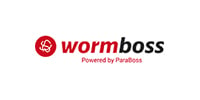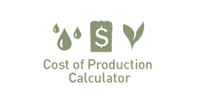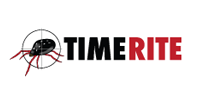Use the NWD to attract the highest price
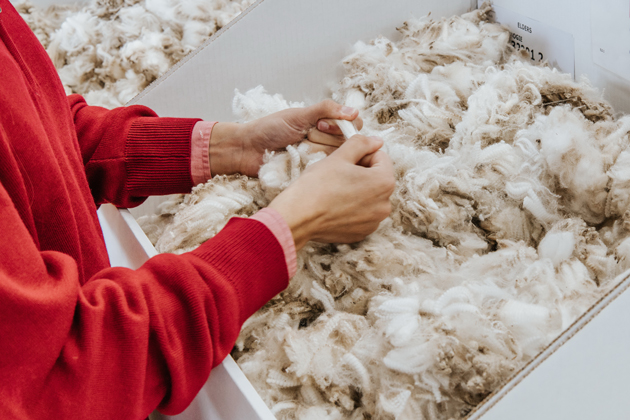
All woolgrowers are being urged to complete the National Wool Declaration (NWD), as wool sold as Not Declared usually receives a discount. The NWD provides transparency to buyers and the whole supply chain and helps woolgrowers earn premiums and avoid discounts for their wool.
Key messages
- To attract the highest price for their wool, all woolgrowers, regardless of their Mulesing Status and wool type, should ensure that their wool is accompanied by an NWD. Failure to complete an NWD has usually resulted in the wool being discounted.
- During the 2024/25 season, 58.6% of all Tas wool and 54.4% of Tas Merino wool was either Non Mulesed (NM) or Ceased Mulesed (CM). Qld is not far behind, with 47.9% of all its wool either NM or CM and 47.0% of all it Merino wool either NM or CM.
- Nationally, declaration rates for NM wool continue to climb (currently 22.7% of all wool; 16.5% of Merino wool).
- Of the Merino wool that is declared as Mulesed (M) or Mulesed with Analgesic &/or Anaesthetic (AA), AA now makes up 87.2%.
The National Wool Declaration (NWD) enables woolgrowers to communicate directly with prospective buyers, processors and retailers; and them send key wool market messages back to woolgrowers.
Whenever AWI discusses the Australian wool industry’s animal welfare practices with brands and retailers along the supply chain, they invariably say that they would very much like all Australian woolgrowers to declare their wool through the NWD; it creates two-way transparency, choice in the marketplace, and price signals back to growers.
Once a woolgrower has completed the NWD, which is voluntary, the contents are converted for inclusion in sale catalogues and test certificates. All woolgrowers are encouraged to complete the NWD, regardless of their sheep’s breed and wool type, and husbandry practices.
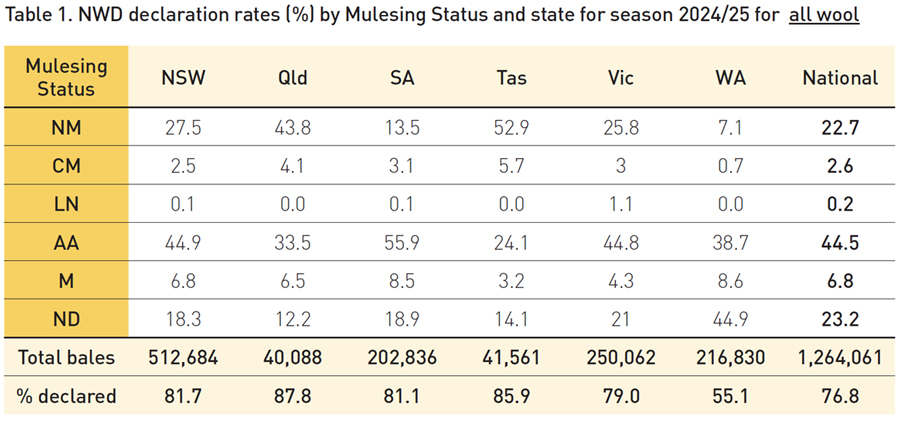
The NWD declaration rate increased by 1.2 percentage points during the 2024/25 season to be 76.8%. Five states improved their declaration rate: Qld (+3.9 percentage points), NSW (+2.5), Vic (+0.8), Tas (+0.7), SA (+0.5). However, there was a decrease for WA (-3.4 percentage points). Qld woolgrowers now top the list for declaration rates at 87.8% of wool sold, followed by Tas woolgrowers at 85.9%. The WA declaration rate had the lowest declaration rate at 55.1%.
Tas and Qld woolgrowers also top the NM categories at 52.9% and 43.8% of wool sold (which has been the case for a long time). These two states have the most NM wool as the risk of flystrike is lower; the weather in Tas is cool and Qld is hot with much shorter fly seasons.
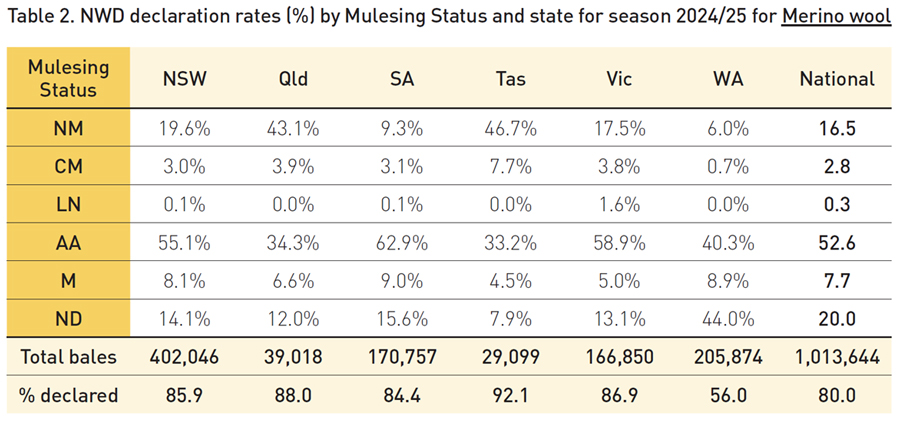
Merino wool declaration rates continue to improve nationally, up 0.2 percentage points to 80.0% for the 2024/25 season. Four states improved their declaration rate (Merino): Qld (+3.8 percentage points), NSW (+2.3), Vic (+0.6), SA (+0.4). However, there were decreases for WA (-3.4 percentage points) and Tas (-0.5). Tas woolgrowers still top the list for declaration rates (Merino) at 92.1% of wool sold followed by Qld woolgrowers at 88.0% and Vic at 86.9%.
Compared to the previous season, the national Merino clip declared as NM rose to 16.5% (up 1.2 percentage points). Tas rose by 4.2 percentage points and has the highest rate of all states at 46.7%, followed by Qld which rose by 2.3 percentage points with now 43.1% (Merino) declared as NM. The other states also increased their NM declaration rate (Merino): Vic (+1.2 percentage points), NSW (+0.6), SA (+0.5), WA (+0.1).
Nationally, AA declarations (Merino) were up 1.7 percentage points to 52.6%. M declarations (Merino) have reduced by 1.4 percentage points nationally to 7.7%. Of the Merino wool that is declared as M or AA, AA now makes up 87.2% and M now down to 12.8%.
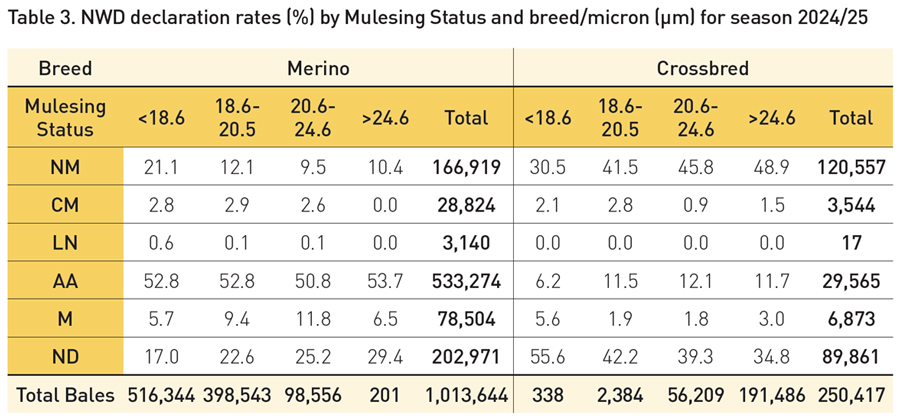
Table 3 shows that, it is Merino breeders with lower micron wool, less than 18.6 microns, that are most likely to declare, with only 17.0% of their wool sold not declared. By breed, the declaration rate for Merinos is 80.0%, whilst the Crossbred declaration rate is 64.1%; this appears to be a reflection of market prices as indicated in the Premium and Discount report in Table 4.
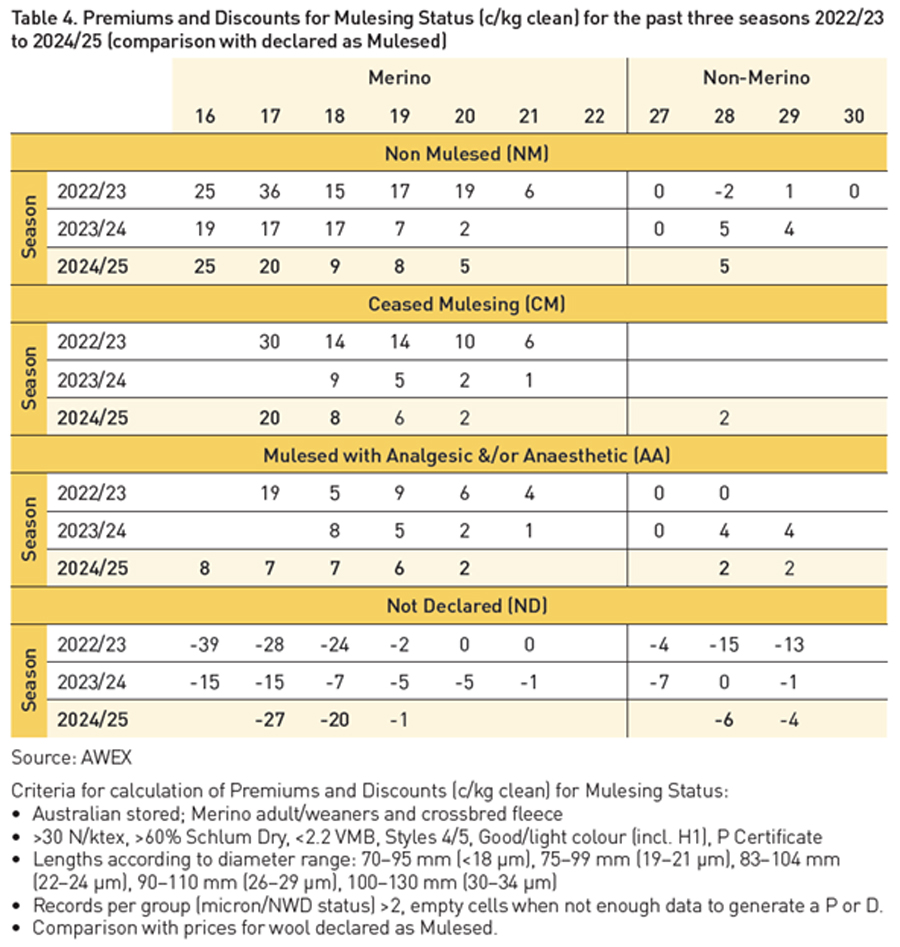
From a financial perspective, Table 4 shows that woolgrowers usually receive premiums for wool declared as NM, CM or AA. This is a greater issue for WA woolgrowers as their declaration rate is 55.1%, lower than all the other states that range from 79.0% to 87.8% wool declared.
Wool sold as ND usually receives a Discount compared to wool that is declared as M. These are the averages over the selling year and if you do mules, it would likely be financially advantageous for you to complete the NWD and declare your wool as M, rather than not complete the NWD.
The message is clear. To ensure your wool attracts the highest price possible, you need to ensure that your wool for auction is accompanied by an NWD.
More information: www.awex.com.au
Don't let your Declaration be wasted!
If you don’t sign and date your NWD, the Mulesing Status of your mobs/lines of wool will not be shown on the sale catalogue and test certificate. This can reduce the number of buyers bidding on your wool, as well as the price you receive.
To ensure the Mulesing Status of your wool is known by potential buyers prior to sale, sign and date the NWD.
It is good practice for owner/managers to talk to the wool classer at the start of shearing to detail all mobs and to sign/date the declaration. Note, eSpecis can be electronically signed.
For further advice on achieving Premiums for your wool, contact your wool broker.
This article appeared in the Spring 2025 edition of AWI’s Beyond the Bale magazine that was published in September 2025. Reproduction of the article is encouraged.






